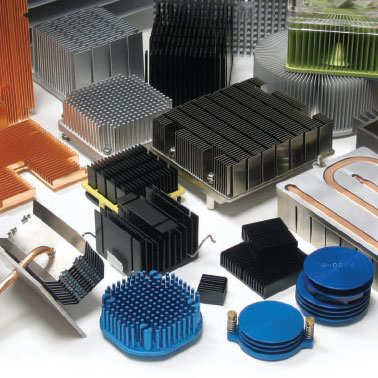CGA Heatsinks

The effectiveness of thermal conductivity and the heatsink's ability to withstand highly demanding temperature ranges is determined more by the material used to create the ball or column grids. By employing eutectic plastic for the balls, the conductivity and heat support is strong, although overshadowed by the highly conductive power of the ceramic grids. In order to understand the increased strength of ceramic, it is worth noting how the CGA heatsinks made from ceramic act. When placed in a position for optimal interconnection, there is plastic used on the top and bottom of the column as a connector, although the majority of the column is made from ceramic. In this design, its superior strength can yield a higher power flow while the all-plastic alternative only works at a much lower rate.
The benefits of CGA heatsinks include a high level of heat dispersion that cannot be achieved in the same magnitude as that of the normal gull wing models. In addition, the column provides a rapid transfer of energy that is becoming absolutely necessary in a wide range of applications today. Furthermore, the capacity for CGA heat sinks to include a higher number of pins and thereby outperform the gull wing lead designs makes CGA one of the more valuable products available to consumers and manufacturers.
For Your Next Project, Contact CoolianceToday!
High reliability thermal solutions & precision metal products.
